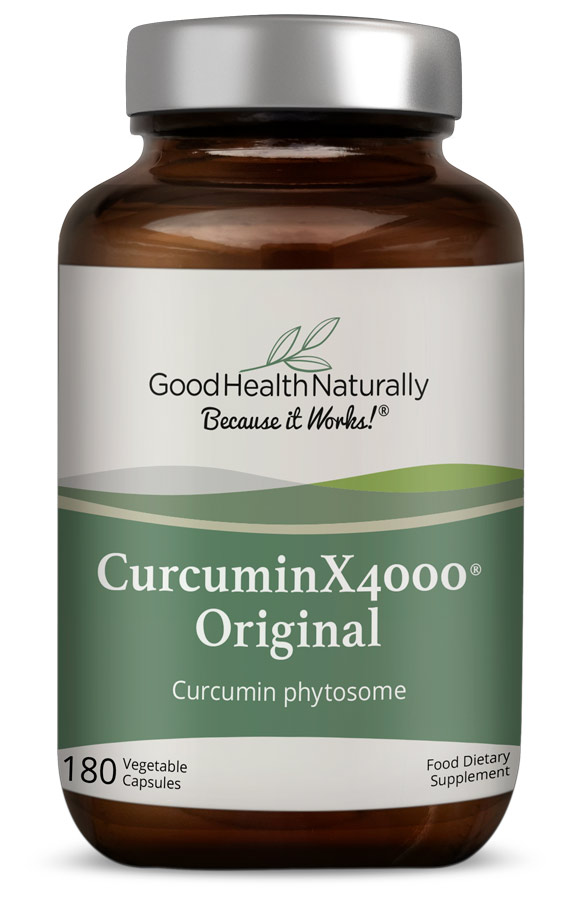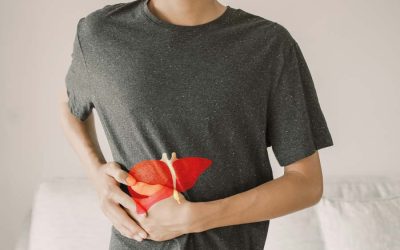Implementing natural ways to alleviate pain can offer effective relief without the potential risks associated with traditional painkillers.
Pharmaceutical painkillers can be a blessing in acute situations such as high fever or post-surgery, allowing the body to rest while essential healing occurs. However, long-term use for chronic conditions can lead to problems such as gastrointestinal issues, organ damage, and a weakened immune system. For example, aspirin can cause the stomach to bleed. Opioids such as codeine are well known for causing constipation for almost everyone who takes them. Other common side effects include nausea, depression, and a weakened immune system. They are also highly addictive.
Rather than reaching straight for the painkillers, a better option for overall health is to find other ways to both ease and handle any pain. Cultivating an understanding of natural ways to alleviate pain gives the ability to manage discomfort using gentle, holistic methods.
Many painful conditions are due to chronic inflammation. Acute inflammation is a protective, localised and usually temporary response. Chronic long-term inflammation, on the other hand, can become significantly detrimental. It can cause scar tissue and damage organs, tissues, joints, and blood vessels. Early warnings of chronic inflammation include symptoms such as joint pain, muscle stiffness, and poor digestion, including constipation or diarrhoea. Indeed, many symptoms popularly attributed to ‘old age’ could well be the result of the build-up of chronic inflammation.
For example, arthritis is well known to be an inflammation issue. Even though it might seem counterintuitive, exercise and stretches can be helpful. Research has shown that exercise aids in reducing pain by strengthening the muscles that support joints. It also triggers the body to produce the hormones that relieve pain. Curcumin, the active ingredient in turmeric, has excellent anti-inflammatory properties and can be a good choice for pain relief.
Using diet to help ease inflammation is one of the natural ways to alleviate pain
Improving the diet is a good first step to help control chronic inflammation and, therefore, many painful conditions. An excellent place to start is the Mediterranean diet. This diet can offer some of the best anti-inflammatory foods. These include vegetables, fruits, whole grains, lean protein sources, herbs and spices, and healthy fats such as walnuts, avocado, and olive oil. These foods contain vitamins, minerals, and antioxidants to help strengthen the immune system and prevent inflammation.
Furthermore, a Mediterranean diet also includes the fantastic benefits of olive oil. Olive oil contains potent antioxidants like oleocanthal and oleic acid. These elements can reduce levels of important inflammatory markers like C-reactive protein. This is a protein made by the liver that increases when there’s inflammation in the body. A recent review found evidence that the Mediterranean diet could reduce disease activity, pain, and stiffness in patients with inflammatory arthritis.
Utilising the power of enzymes
Bromelain is an enzyme derived from the stem, core and peel of the pineapple. Research has highlighted its ability to reduce inflammation. It does this by inhibiting the production of certain enzymes and cytokines that contribute to inflammation in the body. Bromelain also exhibits antioxidant properties. These are properties which can help protect the body against oxidative stress, a precursor to chronic inflammation and pain. This makes it a helpful tool for reducing inflammation associated with painful conditions such as joint stiffness, tendonitis, muscle pain and osteoarthritis.
Another helpful enzyme for chronic inflammation and pain is papain. Papain is a proteolytic enzyme derived from papayas, mainly the plant’s latex or the unripe fruit. Like bromelain, papain has been used in traditional medicine for its digestive and anti-inflammatory properties for centuries. There is evidence that when used systemically, papain can reduce inflammation in the body. It has been found to be particularly helpful for conditions like osteoarthritis and rheumatoid arthritis. Papain does this by inhibiting the production of certain enzymes and cytokines that contribute to inflammation.
Other natural ways to alleviate pain
Endorphins are natural neurotransmitters produced by the pituitary gland and hypothalamus in the brain. These hormones play a crucial role in pain modulation and stress reduction. They also contribute to improved mood and overall well-being. Their release is triggered by engaging in pleasurable activities.
Moderate exercise is one of the natural ways to alleviate pain by triggering endorphins. If your condition allows, walking outside in nature is a great mood lifter and releases those pain-relieving hormones.
We tend to take short, shallow breaths when we are in pain. Changing this to deeper, slower breathing can help in the ability to manage pain, and the feeling of being back in control can also help to reduce its impact.
Depending on the type of pain and its cause, heat pads and hot water bottles can ease the situation and warm up muscles during a flare-up. Ice packs and cold compresses can also help with pain relief from swelling.
Acupressure is a practice rooted in Traditional Chinese Medicine. It works by contacting specific areas along the body’s energy meridians, which in turn stimulates a response, including the release of endorphins, that can relieve stress and pain. For self-help at home, it is also possible to use an electro-acupressure device such as the Health Point machine. This device enables you to locate acupressure points and then stimulate them for safe and effective relief of many issues, such as back pain, muscle soreness, joint problems or even nerve disorders.
Social support and pain perception
Studies show that people with strong social networks rate their pain lower and report that pain interferes less with their daily lives. Selected social media, such as forums, can also play a part. This difference is probably because people can talk about their chronic conditions in a social setting, giving them a voice and a sense of community. The caution with this is that while knowing you are not alone with your health issue and getting support from others is important, undue focus on a problem can make that problem bigger, as in the adage, ‘what you focus on is what you get more of’! As with anything, it’s about balancing and ensuring there are other enjoyable aspects in life, not just the issue with the pain problems.
Other factors that lower the pain threshold include depression, stress and poor sleep. Therefore, it makes sense that if any of those aspects are present, those in pain will likely find some relief by addressing them. Again, an excellent social network can significantly help with low mood and depression. Poor sleep can be aided by not eating late, avoiding using electronic devices for around 2 hours before bed, and aiming for a good sleep cycle of early nights and early mornings, enabling the body to heal naturally during rest. A good belly laugh can also make a huge difference, releasing those magical endorphins and lifting both your mood and pain threshold.
Product Recommendations







